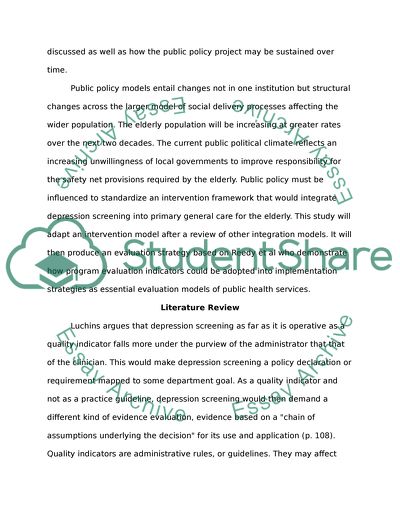Cite this document
(“Community Health Outcomes and Evaluation Essay Example | Topics and Well Written Essays - 1750 words”, n.d.)
Retrieved from https://studentshare.org/environmental-studies/1408230-community-health-outcomes-and-evaluation
Retrieved from https://studentshare.org/environmental-studies/1408230-community-health-outcomes-and-evaluation
(Community Health Outcomes and Evaluation Essay Example | Topics and Well Written Essays - 1750 Words)
https://studentshare.org/environmental-studies/1408230-community-health-outcomes-and-evaluation.
https://studentshare.org/environmental-studies/1408230-community-health-outcomes-and-evaluation.
“Community Health Outcomes and Evaluation Essay Example | Topics and Well Written Essays - 1750 Words”, n.d. https://studentshare.org/environmental-studies/1408230-community-health-outcomes-and-evaluation.


